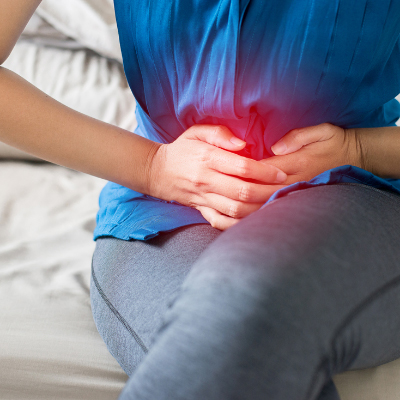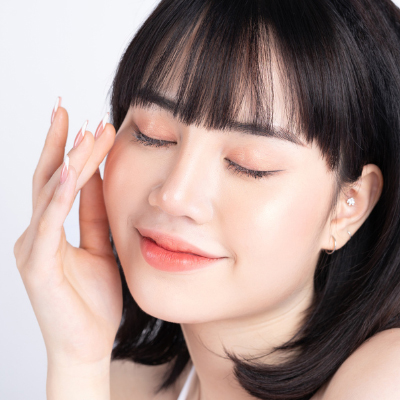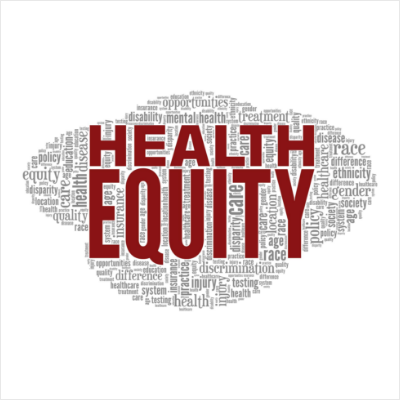
Everyone must have suffered from head pain at some point in their lives in varying intensities, characteristics, and durations— and on the most inconvenient occasions. While it’s considered a common symptom that frequently prompts medical consult, it’s worth knowing what it really is and how to deal with it.
“Headache” is a broad term referring to pain felt on any part of the head, including the upper neck area. Head pain itself is called primary headache, which includes tension-type headaches, cluster headaches, and migraines. Secondary headaches are caused by other underlying medical conditions like flu, sinusitis, and stroke. Tertiary headaches are due to the inflammation of the nerves in the head area, and are generally called cranial neuralgias. It’s important to understand at this point that knowing the cause of headache is crucial in the pain control.
What kind of headache do you have?
Doctors will need to know the following details to arrive at a diagnosis, so take note of the following signs during or after a headache attack:
- triggers or terminating agents, aggravating factors like stress or lack of sleep
- characteristics of the headache, whether throbbing or dull or sudden sharp pain
- exact location of the pain or whether it spreads to a certain area
- severity, whether it’s bearable or disabling
- accompanying symptoms like blurring of vision or other visual disturbances, getting dizzy or feeling nauseous; and
- timing, whether its duration is short or long, constant or fluctuating, or observed during menstrual periods.
The differentiation of the primary headaches may give you an idea how head pains are described below:
- Tension-type headaches are described as dull, persistent pain likened to a band tightly pressing on both sides of the frontal aspect of the head, often associated with stress.
- Cluster headaches, on the other hand, are characterized by a sharp, steady pain on one side of the head, usually around the area of the eyes, and accompanied by tearing, sweating, and nasal congestion.
- Migraines are broadly characterized by throbbing pain, usually occurring in attacks with frequency ranging from one or more in a month or year, noted to affect one side of the head, but may be variable in presentation and onset. There are different kinds of migraines, but a distinguishing factor may be the presence of sensory disturbances called auras.

What causes headache?
There are several causes of headaches. The brain itself has no pain nerve fibers, but there are structures surrounding it that may get injured, inflamed or irritated which cause pain. Changes in chemicals in the brain may also be associated with onset of headache. Excessive contraction of the muscles surrounding the skull when there’s too much stress is another source of head pain.
Other illnesses that may cause headache are eyesight problems, dental caries, sinusitis, ear infection, meningitis, head and neck trauma, fever due to other diseases in the body, and others.
Other headache triggers include the use of medications which indicate headache as a side effect like oral contraceptive pills, treatment for erectile dysfunction, and some blood pressure control drugs; withdrawal of alcohol or another substance like caffeine-containing beverages; excessive sensory stimulation like very bright lights or loud sounds; lack of rest and sleep; and certain food products like cheese, spicy food, and cured meat.
Need to consult a doctor about that headache?
Consulting a medical specialist the soonest time is encouraged, when one experiences something new, distressing and unusual in one’s body. Headaches are usually dismissed as something ordinary that doesn’t warrant urgent attention, but here are some warning signs that should prompt you to see your doctor:
- new onset of headache at an older age
- sudden onset of severe headache, the “worst” headache ever
- headache accompanied by other unusual findings, like changes in behavior and consciousness, stiff neck, and vomiting
- a change in pattern or quality of headache, worsening over days or weeks
- head pain triggered by cough, exertion, bending or lifting
- headache that disturbs sleep or is present immediately upon waking up
- headache accompanied by pain on the area upon palpation or tenderness
- headache in a person with low immunity status like in HIV, cancer, and other systemic illnesses.
There are different treatment approaches to headache. Prophylactic medications prevent the onset of headache while abortive medications are used to stop the headache during an episode.
Non-pharmacologic remedies include lifestyle changes such as moderating the consumption alcoholic or caffeine-containing beverages; having adequate rest and sleep; keeping oneself hydrated; avoiding food triggers like cheese, spicy food, and cured meats; using gentle massages; and non-exposure to excessive light and sounds. Aromatherapy, acupuncture, and yoga may also be useful in headache relief.
While educating oneself about the types of head pain is a step towards better pain management, it’s still prudent to consult a medical specialist to be sure what specific kind of headache you have and get treated appropriately.
Originally published in HealthToday Issue 2 2019
References:1. Ahmed, F. British Journal of Pain 2012;6:124-132. 2. Rizzoli P et al. The American Journal of Medicine 2018;131:18-24. 3. Holle D and Obermann M. Therapeutic advances in neurological disorders 2013;6:369-374. 4. Wedro B. et al. Headache. Available at: https://www.medicinenet.com/headache/article.htm. Accessed 08 August 2019 5. Weatherspoon S. 10 Natural Ways to Reduce Migraine Symptoms. Available at: https://www.healthline.com/health/natural-ways-to-reduce-migraines#7. Accessed 18 July 2019.




